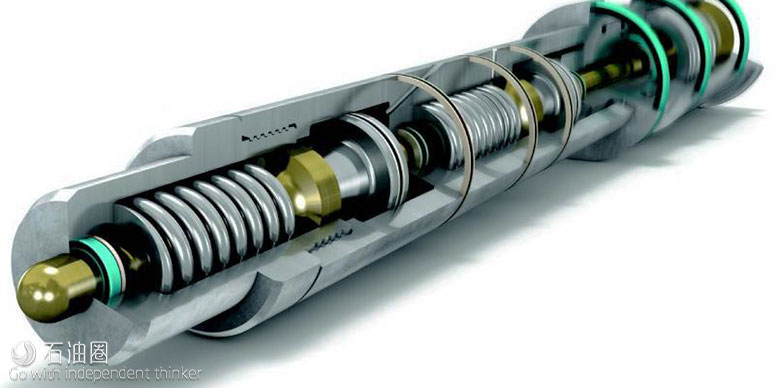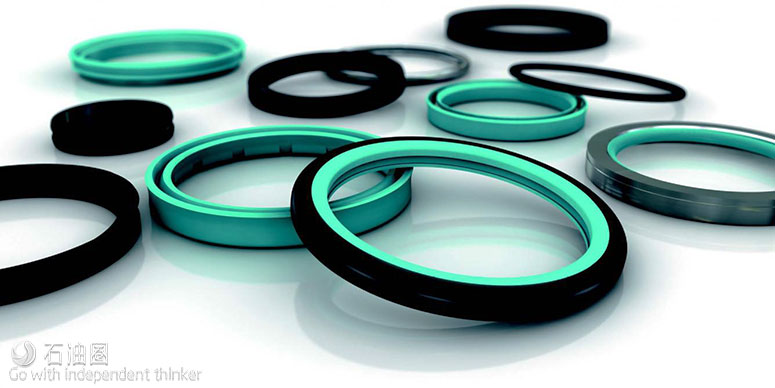The petroleum industry’s continuous move to greater offshore depths has put an increased emphasis on EOR processes to extend global oil reserves. It is a high priority for operators of these offshore wells to achieve the greatest yield.
Meeting HP/HT, safety demands
Unconventional wells—onshore or offshore—are essentially any reservoir that requires special recovery operations outside the traditional operating practices. In the past these types of offshore wells were thought to be too deep for existing technology. However, development of these wells is more frequently undertaken and the associated subsea intervention needs to be even more sophisticated than previous attempts.
Processing technology must be able to withstand high fluid pressures while subjected to high-temperature conditions, often coined HP/HT. Typical subsea operating temperatures of up to 120 C-plus (248 F-plus) often increase in unconventional wells to more than 200 C-plus (392 F-plus) in deep reservoirs, while typical pressures have on occasion trebled from a previous standard of 10,000 psi to 30,000 psi.
Seals are critical elements within oil and gas systems, as they ensure that oilfield equipment is working to its optimum capacity. Sealing systems are the primary barrier to preventing any system fluid loss or system fluid contamination from external sources. This is especially true for valves and downhole drilling, completion and intervention tools.
When working in the subsea environment, the seal function becomes more significant still. Subsea seals are the principal components that prevent hydrocarbon leakage from oilfield completion or production equipment into the world’s delicate oceans and as such perform a vital role in meeting environmental concerns while also ensuring workforce safety compliance. This is in addition to enhancing the performance of the tools themselves.
Controlling rapid gas decompression
Not all standard sealing solutions and materials can withstand the extreme operating temperatures and pressures of drilling in greater water depths to reach deeper into the reserves. Specialized solutions in both material and seal profile technology are required for the industry to start exploring unconventional wells.
New material and product solutions have come onto the market that focus on specific oil and gas issues such as rapid gas decompression (RGD). This phenomenon occurs when an elastomer has been subjected to high pressures for a sustained period, driving gas deep into the structure of the polymer. If the system pressure is then released relatively quickly, this trapped gas can expand significantly before it has a chance to escape from the material matrix, potentially damaging elastomer seals by ripping them apart from the inside.
Special compounds from hydrogenated nitrile butadiene rubber (HNBR) to fluoroelastomer (FKM) to tetrafluoroethylene/propylene copolymer and perfluoroelastomer are available for RGD resistance.
These newly produced elastomer materials feature low compression set characteristics. This material property is particularly relevant to EOR applications, where seals may be required to function for much longer durations than in traditional interventions, while at the same time managing HP/HT conditions. The ability of the elastomer to resist compression set and hence maintain a large degree of the latent internal sealing forces is critical in ensuring that the seal continues to function correctly across the range of energizing pressures for extended tool operating lifetimes. Specifically engineered for the offshore and subsea industry, the materials match up to the most demanding of upstream requirements and are ideally suited for challenging EOR systems.
Going beyond the requirements
While recognizing the traditional standards used in the industry, such as American Petroleum Institute 6A, International Organization for Standardization 23936 and NORSOK M710, and having a portfolio of materials that satisfy these, specific applications sometimes require materials that go beyond the standards. These are particularly prevalent when dealing with unconventional subsea wells and often require tailored materials. Applications may have, for example, exceptionally high methane content in the well or a focus on compression set properties at high temperatures for long endurance capability.
Some specialist HNBR materials, for example, exhibit exceptional low-temperature sealing performance making them suitable for use within HP/HT conditions. These materials can be ideal where equipment is stored topside in cold climates and then sent downhole, where pressures rise quickly, but the equipment temperature increase lags behind. The influence of pressure on the glass transition/cold temperature flexibility of an elastomer can have serious consequences on the performance of seals in such applications.
Furthermore, HNBR materials exhibit superior low compression set performance and high temperature sealing capability, making them eminently suitable for operating for extended lifetimes in aggressive well environments. Additionally, high mechanical strength HNBR grades provide outstanding wear and abrasion capabilities, giving excellent results for use in dynamic applications while under higher pressure and temperature conditions.
Specialist FKM materials that exhibit superior methanol resistance and optimal chemical resistance for EOR applications also have been developed. Industry standards, such as NORSOK M710, require testing to certain levels of methanol concentration and temperature for example. However, in high-methanol applications, the actual well conditions present very differently from the industry standard. For such wells, it means the materials, even though they meet standards, would not necessarily achieve performance criteria.
Meeting the most extreme conditions
Although oil and gas applications face increasingly critical challenges, the upside is that equipment manufacturers serving them are thinking out of the box—from the use of seismic imaging systems to see below the seabed to the development of subsea robots working underwater to 3,048 m (10,000 ft) depths. Sealing material developers are following suit by pushing the envelope with advanced sealing materials and profiles to handle the most extreme of temperatures, the highest of pressures and prolonged exposure to the most aggressive of fluids.

 石油圈
石油圈

